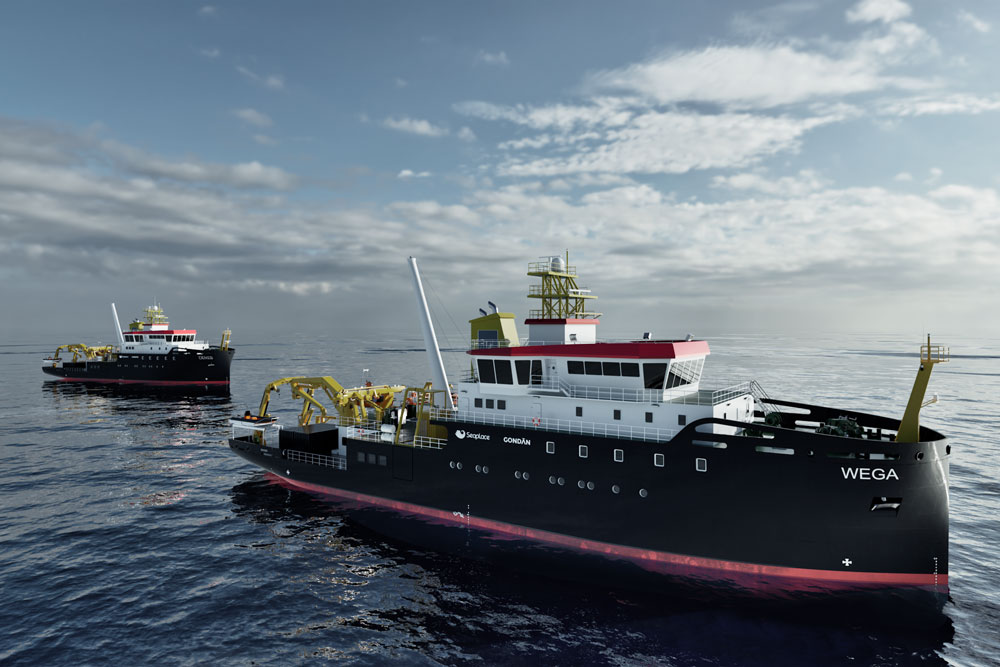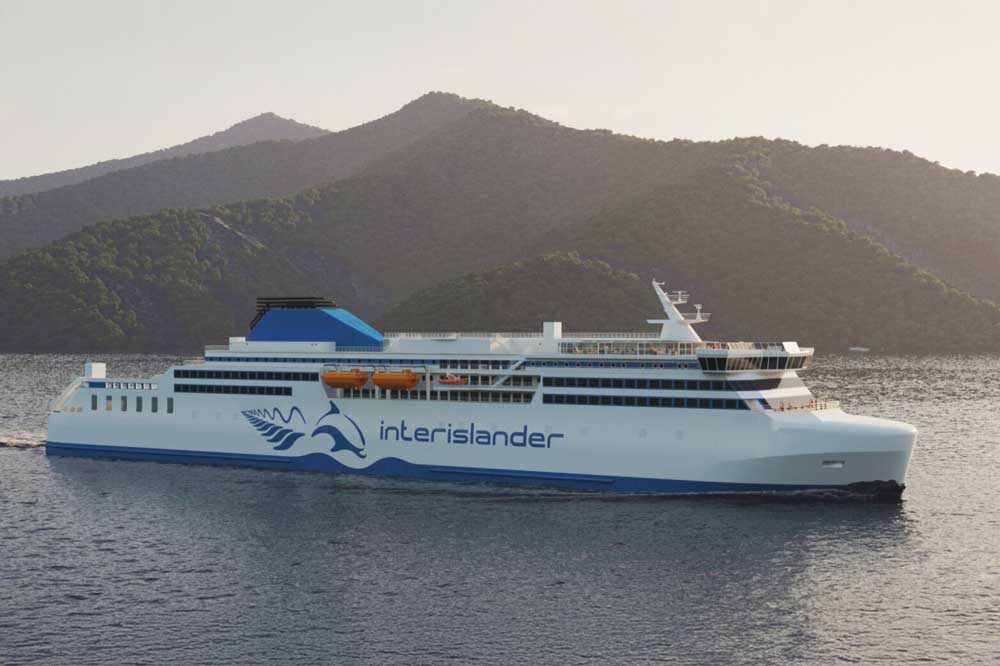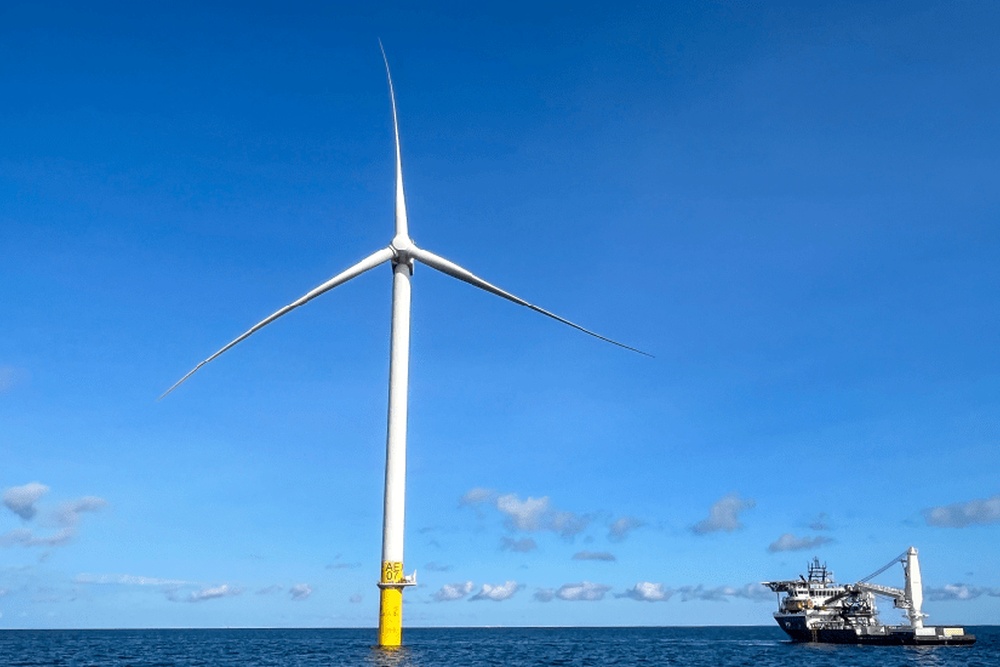The Estonian ferry operator Tallink Grupp reports a significant increase in annual profit compared to the previous year. However, the cargo and transportation sector remains under pressure.
The shipping company reports a profit of € 78.9 million for 2023 compared to € 13.9 million in 2022 This means that the Estonian company is continuing its recovery from the crises of the last four years. During the Covid-19 pandemic, Tallink suffered severe losses and was ultimately forced to make redundancies. The trend now seems to be reversing. [ds_preview]
Passenger numbers rose to 5.7 million passengers on all routes over the course of the year, compared to around 5.5 million passengers in 2022. The number of cars transported also increased year-on-year from 819,229 to 840,881. In contrast, freight transport was under considerable pressure in 2023, with freight units transported falling to 323,990 units in 2023 compared to 409,769 units in 2022.
Unaudited Group revenue increased to € 835.3 million in 2023 (€ 771.4 million in 2022) and the Group’s unaudited EBITDA for the financial year also recorded a significant increase to € 214.5 million (€ 135.8 million in 2022). The Group’s net gearing ratio was 2.8 as of December 31, 2023. Tallink Grupp’s total investments amounted to € 28.1 million in 2023. In 2022, the shipping company had invested over € 203 million, mainly in connection with the new shuttle ship “MyStar”.
Tallink focuses on ship operation and chartering
Paavo Nõgene, CEO of Tallink Grupp: “The travel and transportation sector continues to be under pressure from weak economies, rising and rising prices, fluctuating consumer confidence, geopolitical turmoil, increased regulation and increased demand for investment in greener future technologies and innovations. Therefore, the challenge to remain competitive and profitable in the current market conditions is stronger than ever. But I believe we have found the right way and the right strategy to manage these risks for the foreseeable future with the mix of ships in operation and chartered vessels, and this approach has helped us to achieve the positive results despite all the challenges.”
In addition to the charters supporting the bottom line – Tallink has been chartering out more tonnage over the past few years – the shipping company has been able to perform well on some of its existing routes and vessels, with the Tallinn-Helsinki route experiencing the strongest recovery in 2023. The Tallinn-Stockholm route is also “slowly moving in the right direction” due to increasing demand, which, according to the shipping company, justifies the experimental addition of a second ship to the route for the 2024 summer peak season.
“In 2024, we will continue to focus on maintaining profitability while offsetting the high and rising costs of fuel and other products and services, as well as the addition of new costs for the company, such as the emission costs arising from the inclusion of shipping in the ETS system since January 1, 2024,” says Nõgene.














